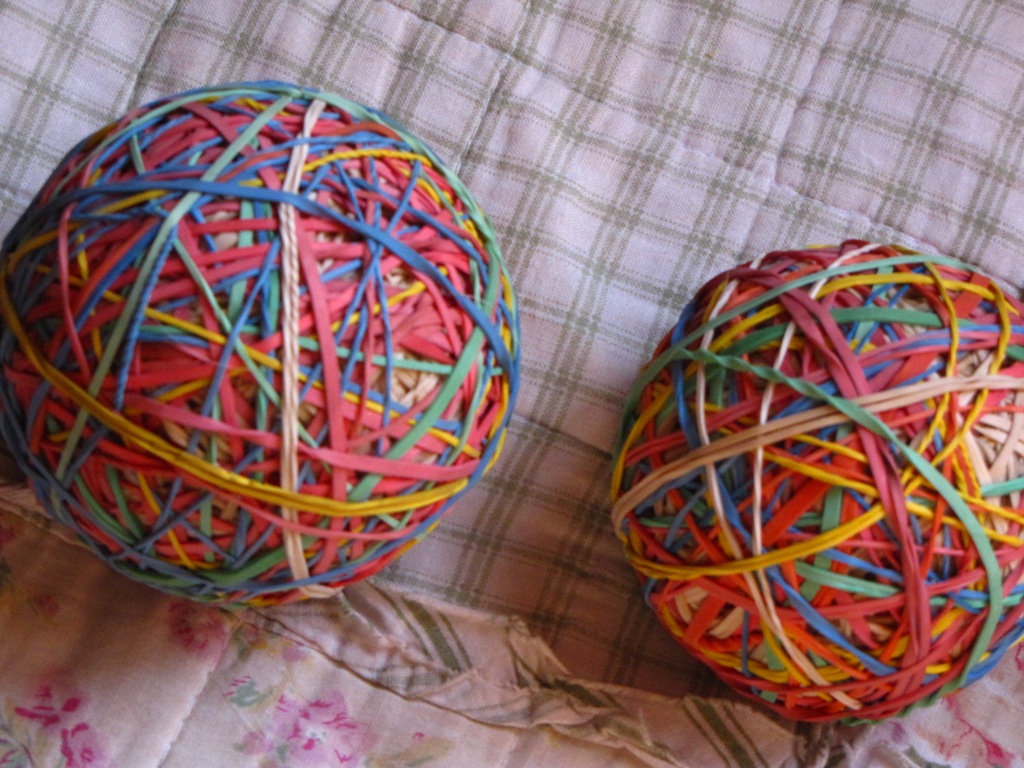The simple yet intriguing concept of a rubber band around balls has captured the imagination of many. This seemingly mundane activity not only serves practical purposes but also stimulates creativity and innovative thinking. The visual appeal of colorful rubber bands wrapped around spherical objects can evoke a sense of playfulness, drawing both children and adults into its charm. The act itself can be a delightful pastime, sparking curiosity and allowing individuals to explore various shapes, sizes, and configurations.
As we delve deeper into the world of rubber bands around balls, it becomes evident that this activity is more than just a way to keep things together. It can foster teamwork, enhance fine motor skills, and even serve as a therapeutic tool. From educational activities in classrooms to DIY projects at home, the versatility of rubber bands offers endless possibilities for exploration and creativity.
Moreover, the phenomenon has given rise to a variety of artistic interpretations and engineering challenges. Whether it’s creating intricate designs or engineering a rubber band-powered mechanism, the rubber band around balls presents an exciting avenue for both learning and fun. In this article, we will explore the various dimensions of rubber bands around balls, answering key questions about their uses, benefits, and creative potential.
What Are the Practical Uses of Rubber Bands Around Balls?
Rubber bands around balls are not just for aesthetics; they serve several practical purposes. Here are some key uses:
- Organizing and holding objects together.
- Creating friction for improved grip.
- Encouraging creativity in educational settings.
- Providing therapeutic benefits through tactile engagement.
How Can Rubber Bands Around Balls Enhance Creativity?
Engaging with rubber bands around balls can unlock a world of creativity. Here’s how:
- Artistic Expression: Crafting colorful designs using rubber bands.
- Engineering Challenges: Building rubber band-powered contraptions.
- Problem-Solving: Finding innovative ways to manipulate rubber bands.
- Group Projects: Encouraging teamwork and collaboration.
Are There Educational Benefits to Using Rubber Bands Around Balls?
Absolutely! The use of rubber bands around balls in educational settings can lead to significant benefits:
- Fine Motor Skill Development: Manipulating rubber bands improves dexterity.
- Understanding Physics: Exploring concepts of tension and elasticity.
- Math Applications: Measuring and calculating dimensions and quantities.
- Encouraging STEM Learning: Integrating science, technology, engineering, and math.
Who Invented the Rubber Band?
The rubber band, essential to our understanding of rubber bands around balls, was invented by Stephen Perry in 1845. Perry, a British inventor, patented the rubber band, initially intending it for use in binding papers. Its multifunctionality has led to its widespread use in various applications, including the playful act of wrapping it around spherical objects.
What Are Some Creative Projects Involving Rubber Bands Around Balls?
Here are a few creative projects you can try:
- Rubber Band Ball: Accumulate rubber bands into a ball, observing how tension changes with each layer.
- Rubber Band-Powered Car: Construct a simple car using a rubber band for propulsion.
- Colorful Art Pieces: Create intricate designs by wrapping rubber bands around various balls.
- Science Experiments: Explore the properties of elasticity and tension with hands-on activities.
What Are the Therapeutic Benefits of Rubber Bands Around Balls?
Engaging with rubber bands can have therapeutic effects, including:
- Stress Relief: The tactile engagement provides comfort and relaxation.
- Mindfulness: Focusing on the activity can promote mental clarity.
- Enhanced Concentration: Repetitive motions can improve focus and attention.
Can Rubber Bands Around Balls Be Used in Team Building Activities?
Yes, rubber bands around balls can be an effective tool for team-building exercises. Here’s how:
- Collaboration: Team members work together to achieve a common goal.
- Communication: Encourages open dialogue and idea exchange.
- Problem-Solving: Teams must strategize and innovate to complete tasks.
Personal Details and Biography of Stephen Perry
| Name | Stephen Perry |
|---|---|
| Date of Birth | January 24, 1795 |
| Nationality | British |
| Profession | Inventor, Businessman |
| Notable Invention | Rubber Band |
Why Are Rubber Bands Around Balls So Appealing?
The appeal of rubber bands around balls lies in their simplicity and versatility. They are:
- Visually Stimulating: Colorful bands create eye-catching designs.
- Accessible: Easy to obtain and use for all ages.
- Engaging: Provides an interactive experience through manipulation.
In conclusion, the rubber band around balls embodies a unique blend of creativity, practicality, and play. This simple concept has evolved into an engaging activity that fosters learning, teamwork, and artistic expression. Whether for educational purposes or simply for fun, the rubber band around balls continues to captivate individuals of all ages, proving that sometimes the simplest things can bring the most joy.
Article Recommendations
- Darlie Routier Injuries
- Sons Of Noah
- How Old Is Bill Belichick
- Lyrics To Rolling Stones
- Dallas Texas Fun Places To Visit
- Joe Metheny
- Kunefe
- Ben Harper
- Esther Rolle Children
- Prince Naseemiddy
Also Read


